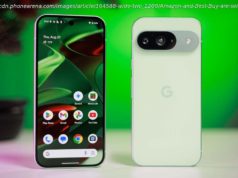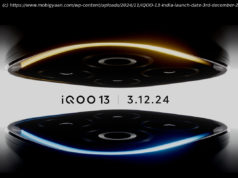CHINESE PHONE MAKER Huawei has announced a new solution that will enable Windows 10 to run on its Android devices. While Windows 10 on smartphones…
CHINESE PHONE MAKER Huawei has announced a new solution that will enable Windows 10 to run on its Android devices.
While Windows 10 on smartphones is all but dead, Huawei’s new Cloud PC service offers access to a virtualised Windows 10 PC which can be used on the device itself, and also scaled up to a full desktop experience when connected to an external display via USB-C.
Users simply need to download the Cloud PC app, based on Huawei’s enterprise-focused FusionCloud platform and the firm’s own Huawei Desktop Protocol (HDP), which allows the Windows 10 desktop to access the smartphone’s file system directly. This will allow users, for example, to take a picture on their Huawei P20 and then open it up in Photoshop on the virtual Windows 10 machine.
The service, unveiled at CES Asia 2018, will be available on the Huawei P20, Huawei Mate 10, Huawei Mate RS and the Huawei MediaPad M5 tablet.
However, due to latency issues, Huawei Cloud PC will only be available in China to begin with given the location of Huawei’s servers, although the company has suggested that – if it proves to be popular – the company may expand the service to Europe.
Given Huawei’s current relationship with the American government, Cloud PC is unlikely to see a launch in the US. In fact, recent rumours claimed that given escalating tensions, Huawei is developing its own alternative to Windows 10 for tablets and PC devices, along with its own smartphone OS to prepare for “worst-case scenarios”.
“We are developing our own OS out of strategic consideration, because won’t we be doomed if they suddenly cut off our food, don’t allow us to use Android or Windows 8,” Huawei founder Ren Zhengfei was quoted as saying.
Work on the OSes is said to have begun in 2012, when the US government labelled Huawei, along with fellow Chinese firm ZTE, a threat to US national security . µ






